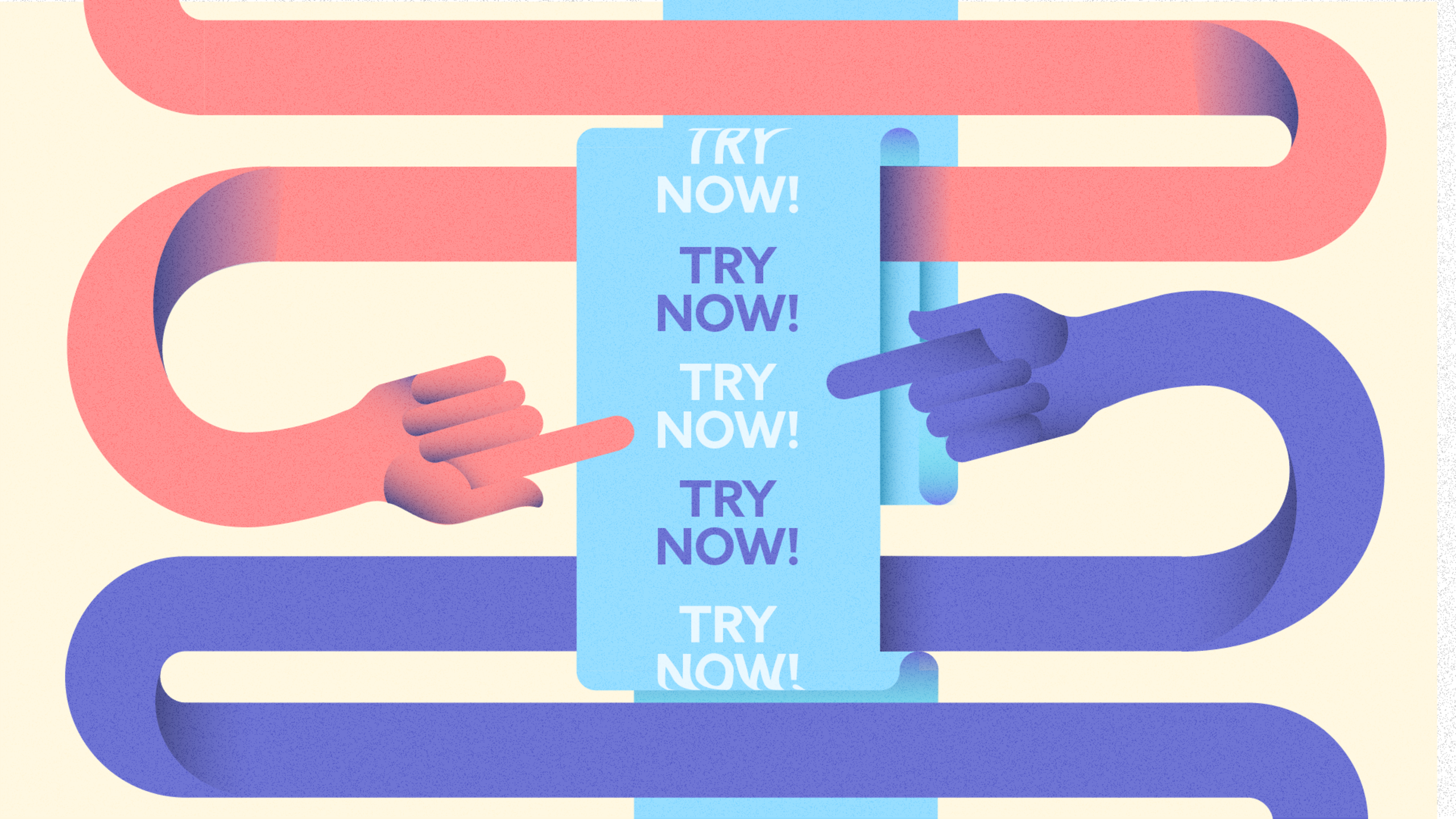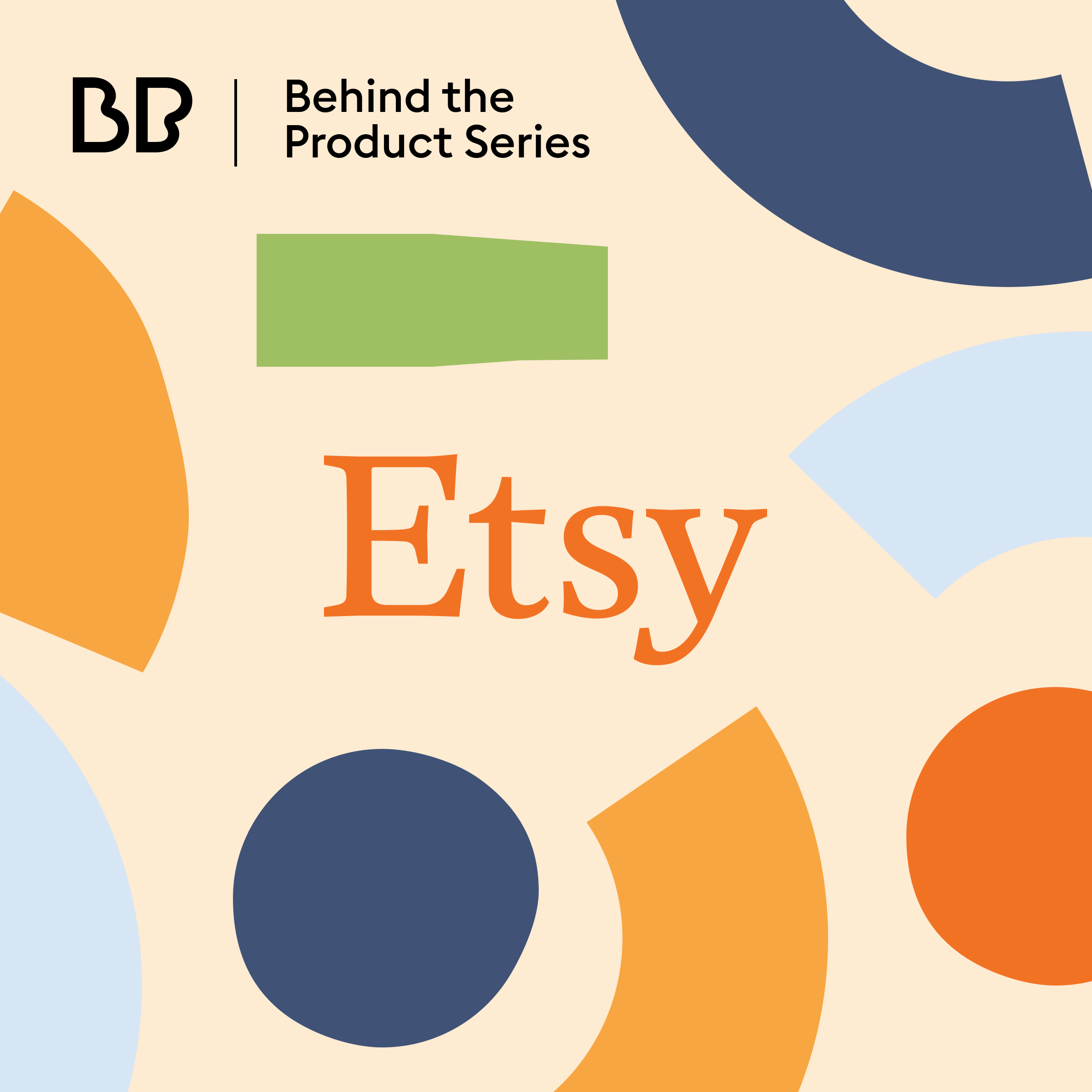There’s an invisible balancing act happening in a two-sided marketplace. As a designer or product manager, how do you balance both a buyer’s and seller’s priorities? And how do you innovate on one side without disrupting the other?
Nick Volpe joins us to share how he balances these two experiences as a product designer at Etsy.
Nick gives us the inside scoop on the importance of listening to users, incorporating features that are fun and not just functional, and how Etsy experiments to constantly evolve into a better product for their users.
Takeaways:
- Designing for a two-sided marketplace is a balancing act.
- Create products that enable users to get back to what they love.
- Don’t neglect “fun” features in the name of functionality.
- Never stop experimenting.
- Invite the whole product team – including engineers – to hear the voice of the customer.
Things to Listen For:
- [01:00] Supporting success for both buyers and sellers
- [02:30] Etsy’s experimentation culture
- [04:15] Empowering sellers to optimize their products
- [07:20] Creating a frictionless user experience
- [08:30] Providing ROI to Etsy sellers
- [11:30] Designing an efficient AND enjoyable user interface
- [13:30] Identifying and adding value beyond function
- [14:00] User research at Etsy
- [15:00] Inviting product teams to listen to the voice of the customer
- [17:00] Understanding the importance of designers and developers working together
- [18:45] Discovery at Etsy
- [20:45] Defining a designer’s role
- [23:40] Designing for the customer’s customer
- [29:00] How to know if you’re doing well as a designer

